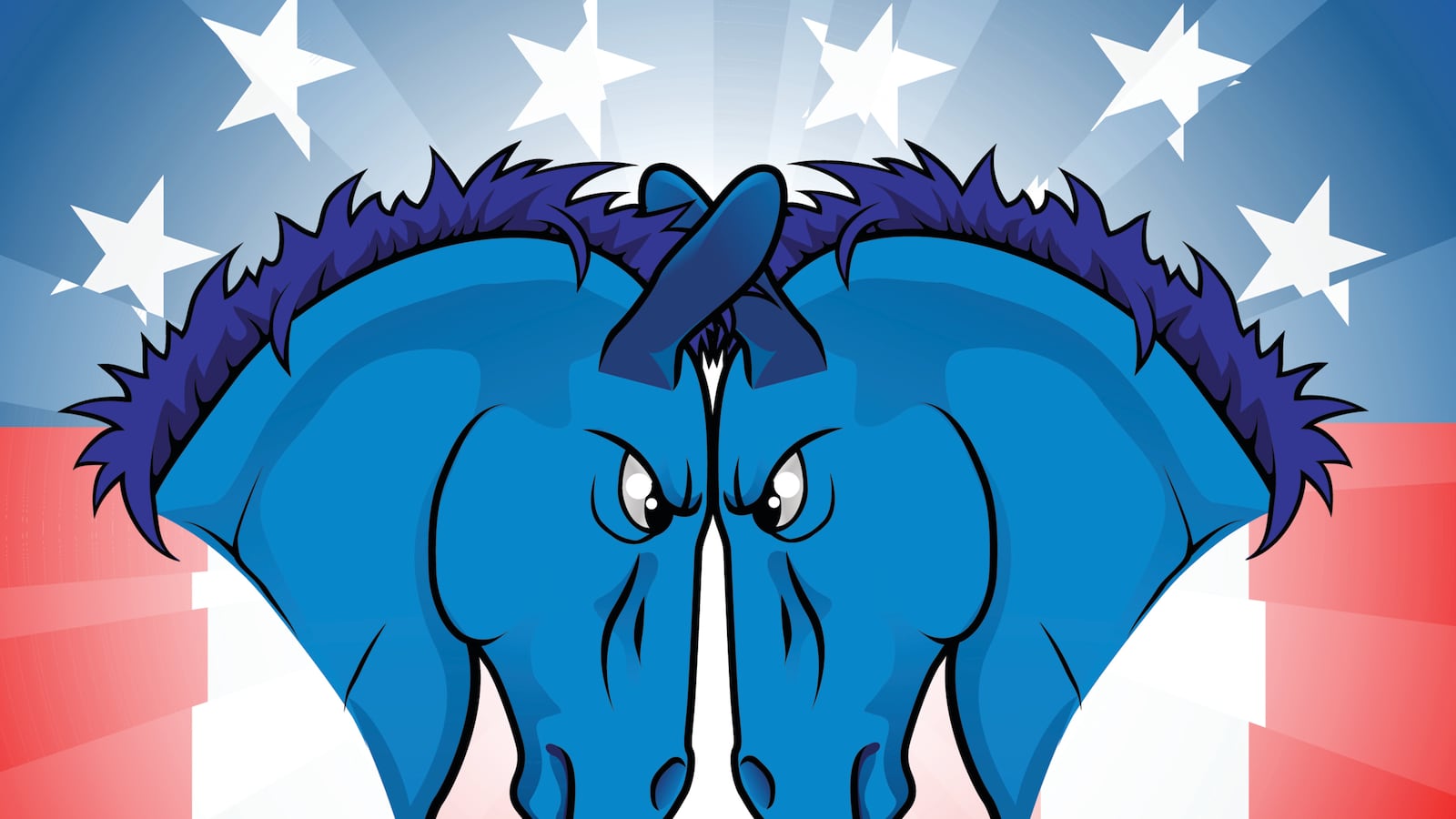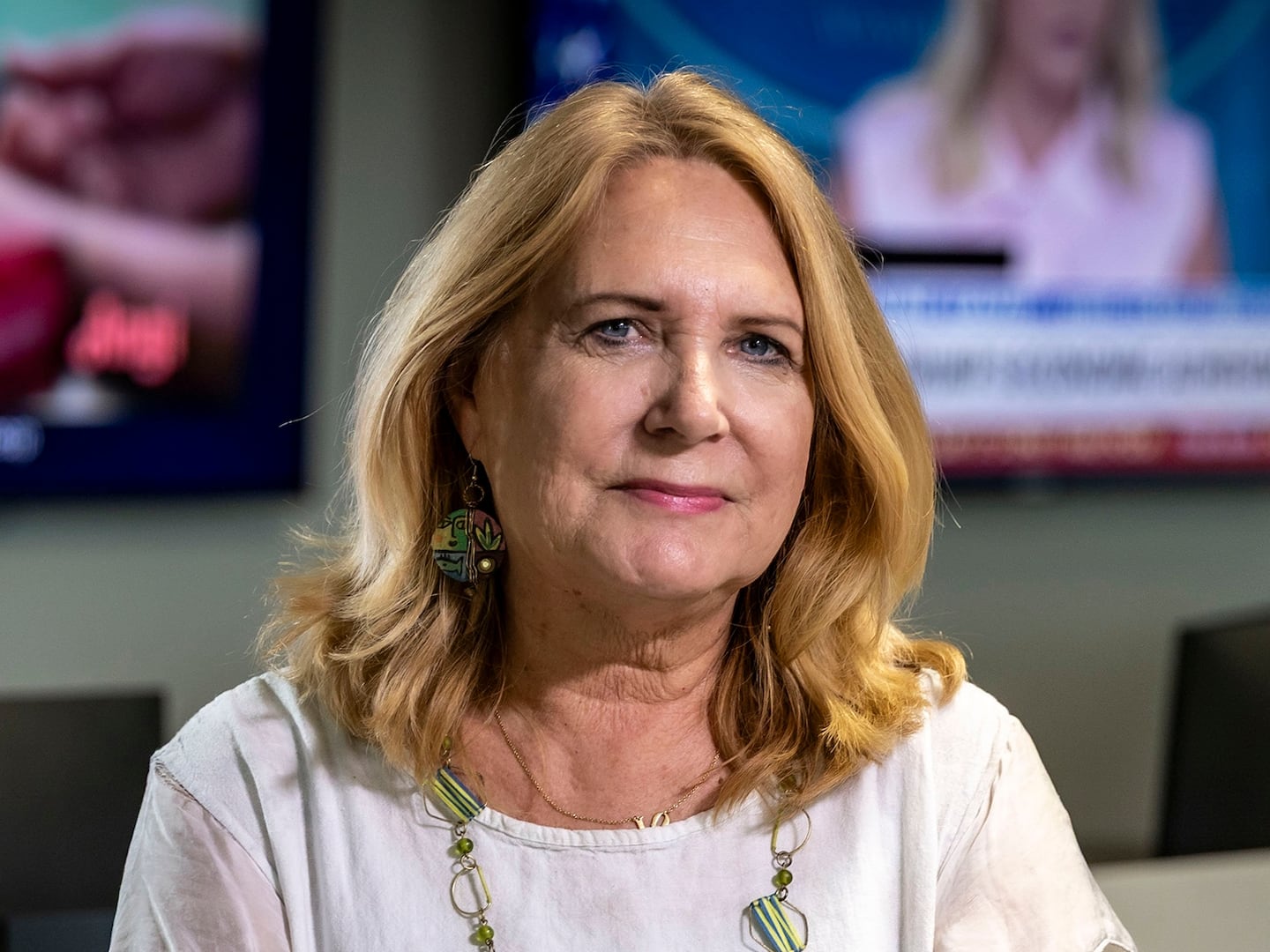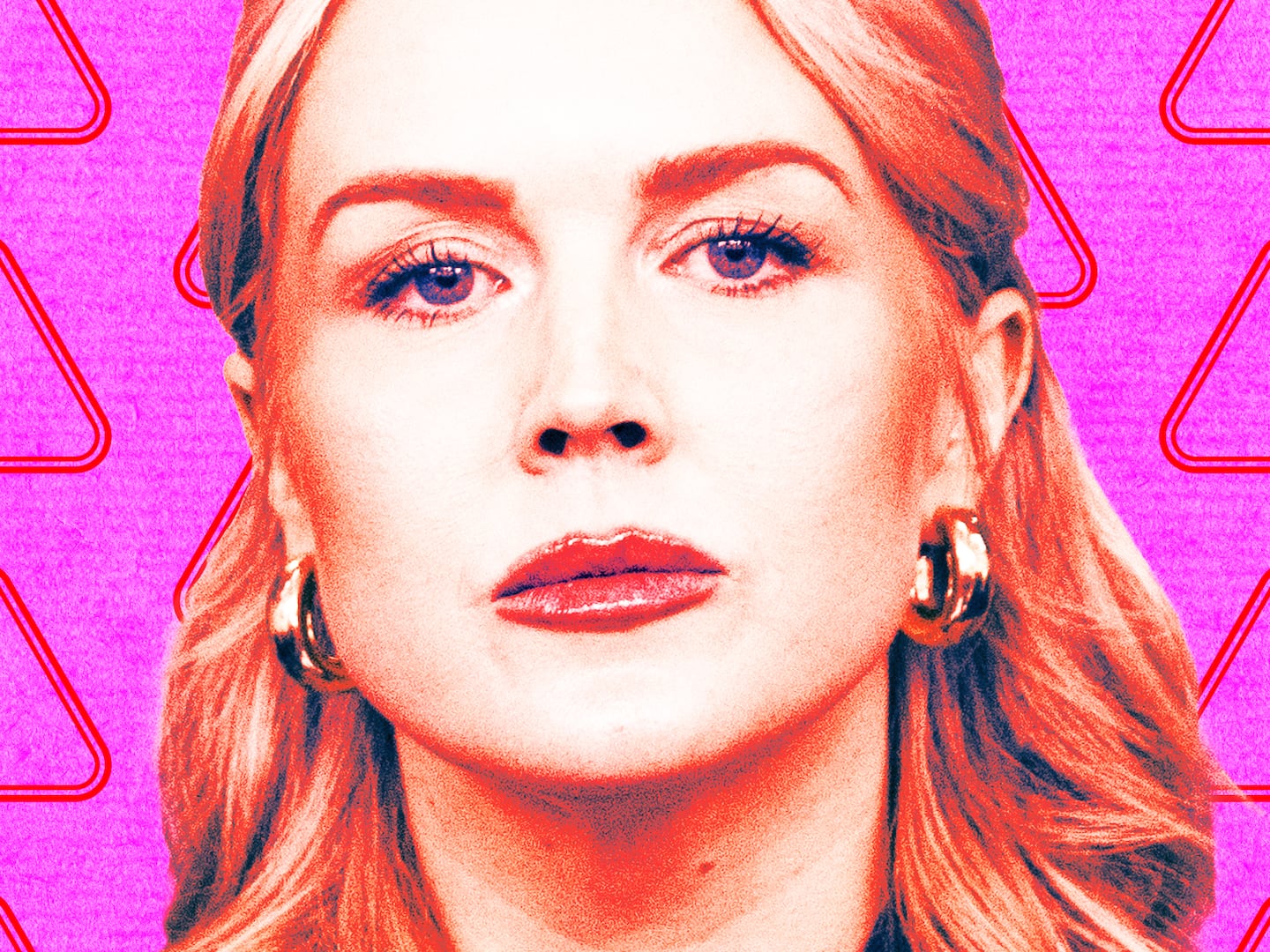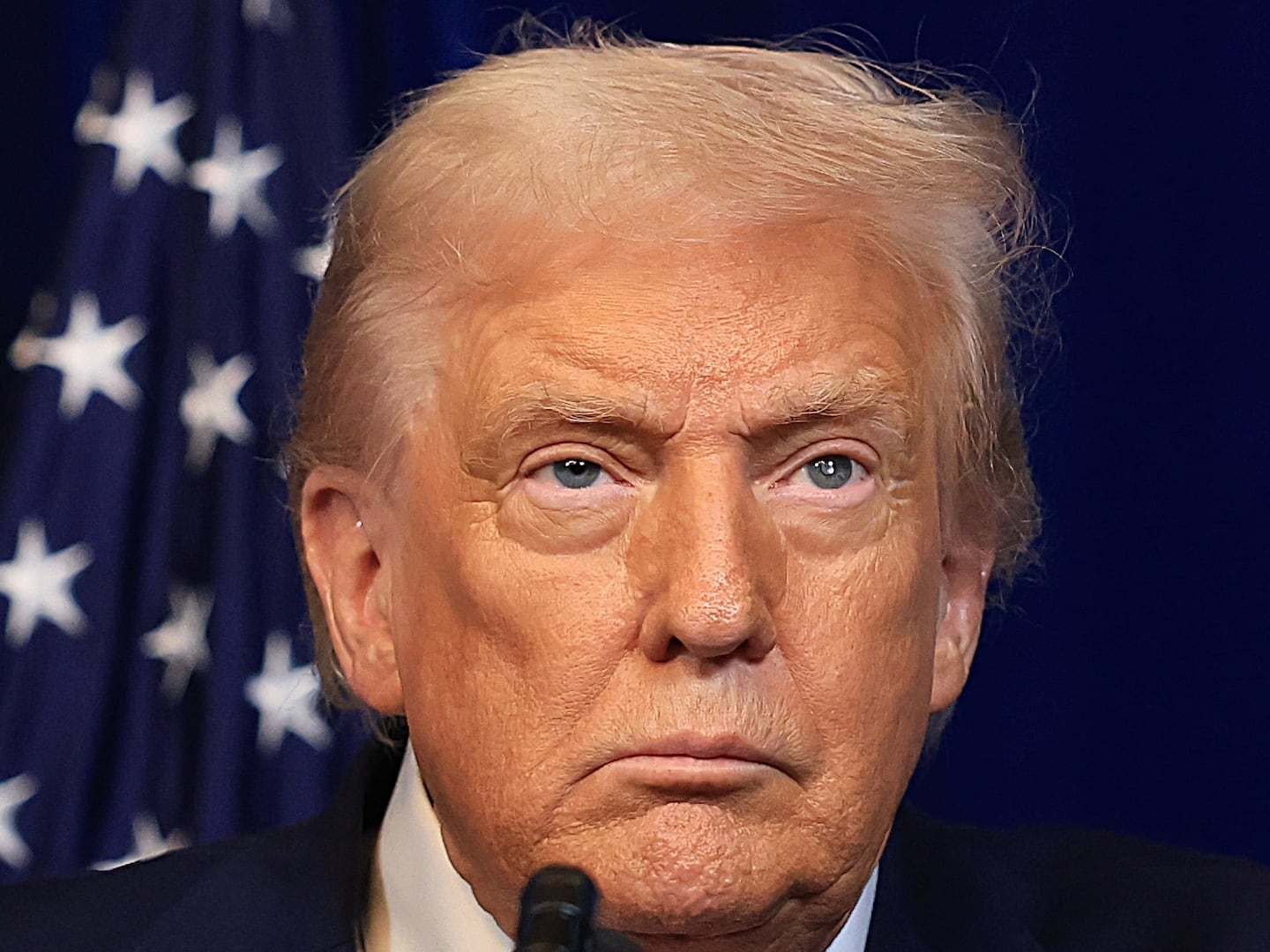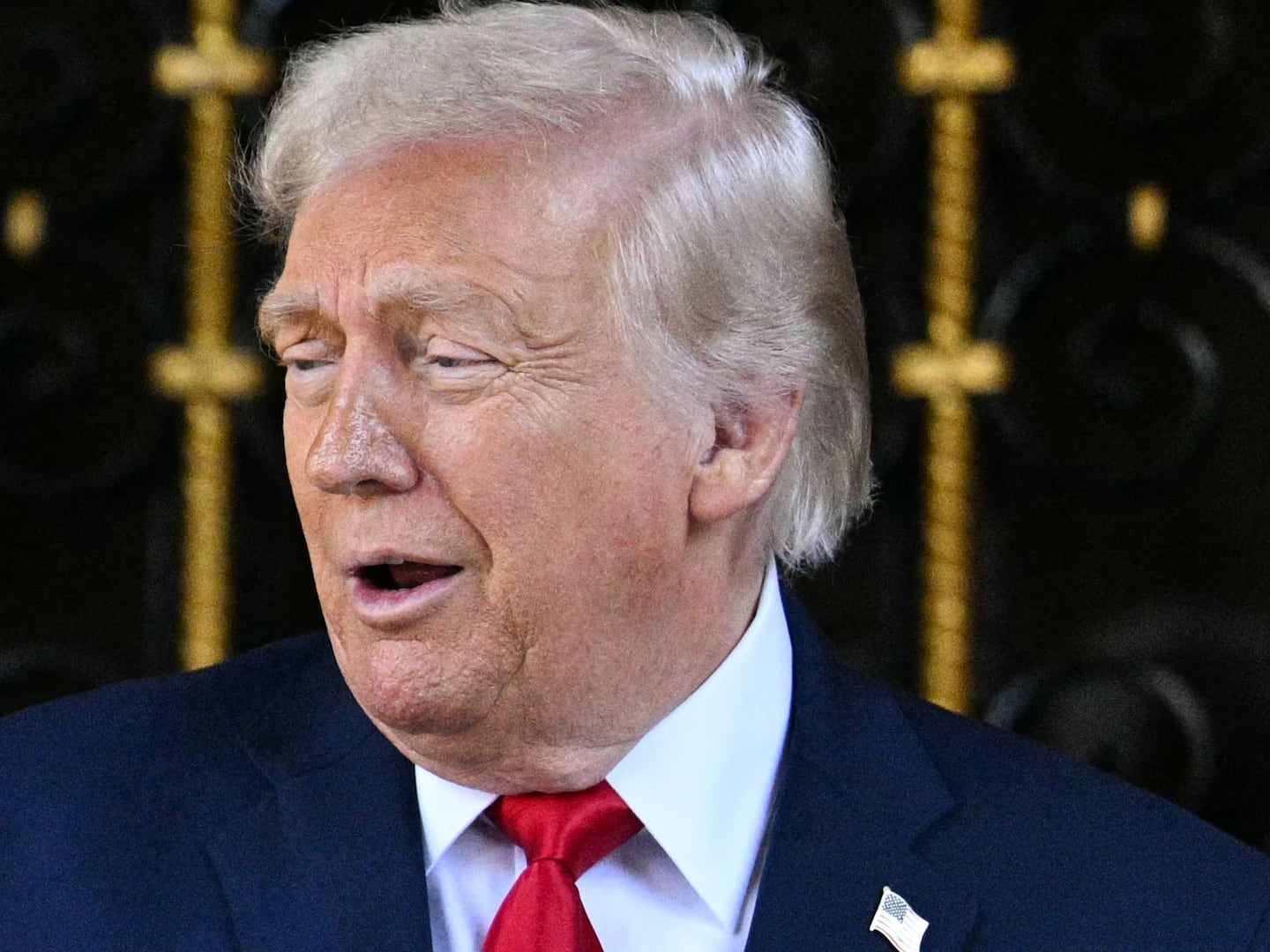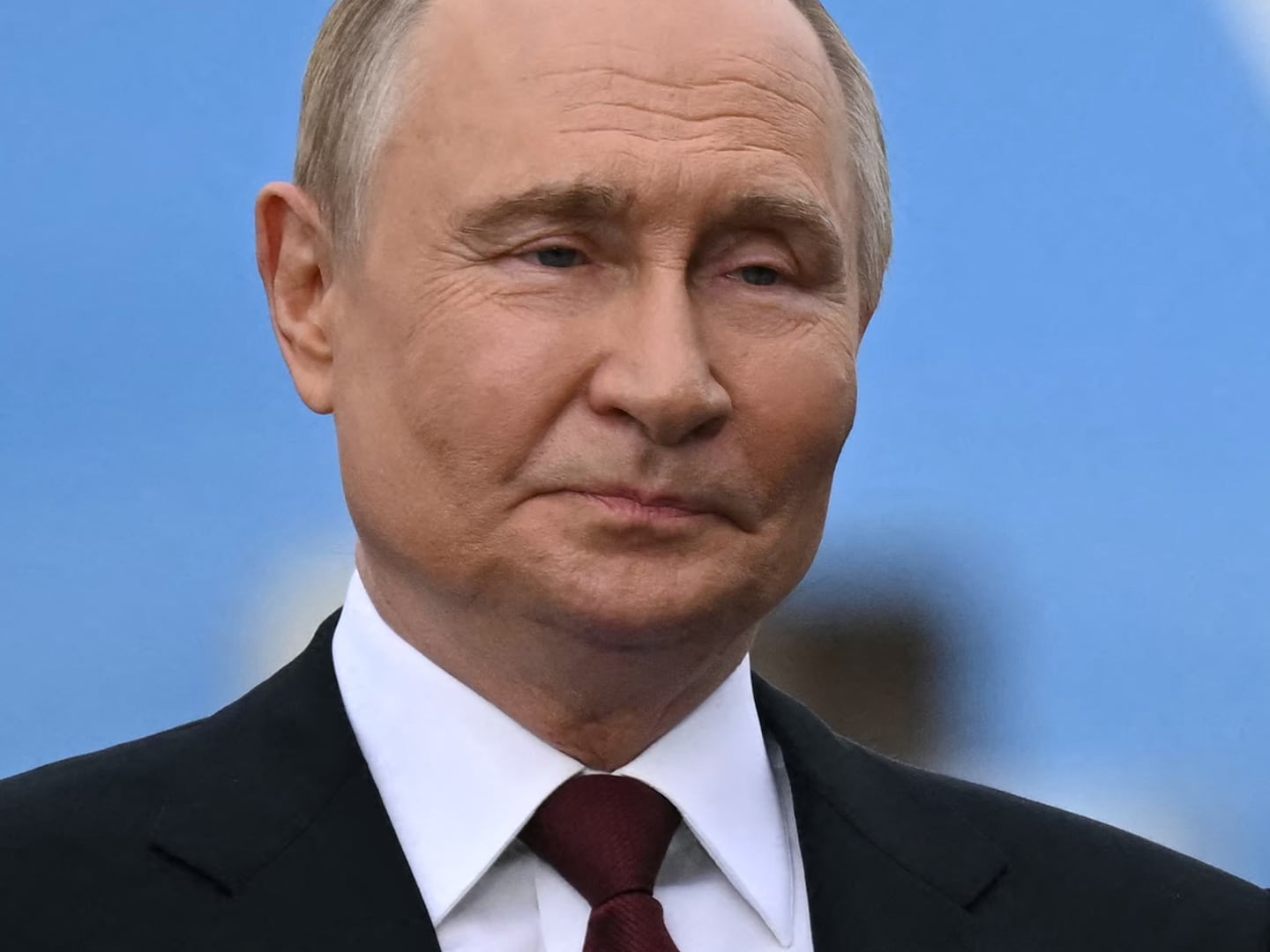In the wake of the midterm elections, the Democratic Party’s centrist and populist factions have been locked in a bitter family feud. Public employee unions are a little-acknowledged driver of this conflict. The reason: activist government and unionized government often work at cross purposes. It’s not easy to be both the “party of government” that Chuck Schumer praises and a “party of interest groups,” including unions representing the government’s employees, that Jim Webb disparages.
Public sector unions create a genuine political conundrum for Democrats. On the one hand, they are genuinely powerful, and Democrats rely on their money and manpower during elections. Teachers unions, AFSCME, and SEIU are among the biggest donors to Democratic candidates and are organizationally braided into the party apparatus. However, public employee unions drive up government costs and depress productivity, weakening the state’s capacity to assist the poor and middle class.
There’s the rub. Insofar as public unions secure for their members better pay, more generous benefits, and work rules shielding them from management discretion government doesn’t perform as well—and, consequently, neither do Democrats. Therefore, some Democrats are under pressure to take policy actions their union allies oppose. But taking such action puts them at odds with the most powerful and best-organized segment of their coalition.
How does it happen that citizens of modest means suffer as public sector unions gain? A big part of the problem is that many states and cities have been providing more public services and promising to pay for them later by back-loading public employee compensation into retirement. And as the share of state and local budgets devoted to public employee pension and health benefits increases, the latter “crowds out” government spending on parks, education, public safety, and other services on which the poor and middle class rely. Democrats find themselves in the difficult position of defending governments that spend more but do less.
For example, Chicago’s ailing pension system, only 33 percent funded, is the back-story behind the city’s teacher strike last fall, its struggle with a surge in the murder rate in 2012, and the closure of dozens of schools. In New York City, pension, health, and other fringe benefits for city employees constituted 15 percent of the city budget in 2002, but by 2014 those items gobbled up 34 percent of the budget. New York now employs fewer cops, firefighters, and sanitation workers than it did in 2002.
As public employee unions defend the pay, benefits, and perks they have accumulated, Democrats are pressured to defend the status quo, a hard thing for a “progressive” party to do. Likewise, it becomes more difficult for Democrats to talk about the good things government can do to advance the interests of the broader middle class.
Hence Democrats are factionalized. On one side are centrists such as Rahm Emmanuel in Chicago, Gina Raimondo in Rhode Island, and Andrew Cuomo in New York, who have locked horns with the unions. On the other side are liberals such as Dannell Malloy in Connecticut, Bill de Blasio in New York City, and Ras Baraka in Newark, who have catered to union interests.
Public unions have also created conflict with racial minorities, another core Democratic Party constituency. As Harvard political scientist Paul Peterson and his colleagues have shown, there are wide gaps between teachers unions’ views and minorities’ views of education policy. In hopes of improving their children’s schooling, minority parents tend to favor charter schools, vouchers, and other reforms fiercely opposed by teachers unions.
In New York City, many minority parents with children in charter schools participated in major protests against Mayor de Blasio’s efforts to block the co-location of such schools in buildings with traditional public schools. In neighborhoods such as Harlem, 33 percent of students attend charter schools, a majority of them black or Latino. Underestimating this new constituency led to one of de Blasio’s early political defeats, as Governor Cuomo sided with charter schools, to the consternation of the United Federation of Teachers.
A similar noisy battle took place this fall in the usually sleepy campaign for California’s state education superintendent this fall. There, many minority parents supported Tom Torklarson, who favored the education reform agenda. Yet, in a tight race, with the California Teachers Association’s strong backing, Marshall Tuck defeated him.
Public sector unions have also fractured the labor movement itself. In Chicago, the American Federation of Teachers has pledged $1 million to defeat Mayor Emmanuel, while the city’s construction unions have lined up behind the mayor. In Rhode Island’s gubernatorial primary, private sector unions sided with Raimondo, the state Treasurer and engineer of a major pension overhaul, while public sector unions backed her opponents.
In some cases, public employee unions even pushed private sector unions to endorse Republicans. In New Jersey, a dozen private unions in the building trades endorsed Republican Chris Christie, while public unions backed his Democratic opponent Barbara Buono. Even Wisconsin Governor Scott Walker, public unions’ bête noir, managed to secure some private union support.
In recent years, the central political issue in state and local government has revolved around whether unionizing public workers strengthens or weakens the capacity of government to deliver services to citizens at a reasonable cost. A few Republicans, such as Christie and Walker, made their names battling the unions.
Yet, insofar as they are in charge where public unions are strongest, how Democrats navigate the fissures created by the unions in their coalition will have major implications for the future cost and quality of American government. To make government work better and benefit citizens who rely on government, Democrats will need to push back against their union allies.
Daniel DiSalvo is an assistant professor of political science in the Colin Powell School at the City College of New York-CUNY and a senior fellow at the Manhattan Institute. His next book is Government against Itself: Public Union Power and Its Consequences (Oxford) due out in January 2015.

